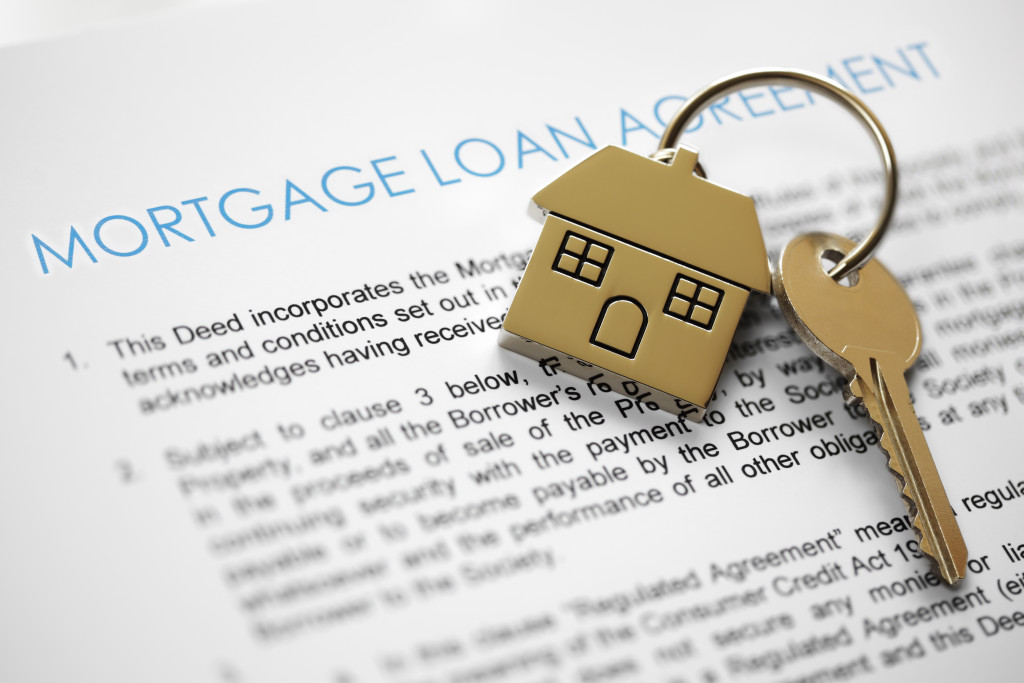If you’re a senior, you’ve probably heard about, or have been offered, a reverse mortgage at one point or another. If a ‘reverse mortgage’ sounds a bit confusing and sketchy, don’t worry: it’s a completely legitimate way of earning monthly payments off of your house’s equity, especially when coursed through legal and accredited lenders.
That being said, a reverse mortgage can be a great financial choice if you have a solid financial plan for your estate, not to mention liquid funds or investments as a bulwark against financial losses. While most reverse mortgages are federally insured (up to a certain amount), this insurance won’t be provided if you don’t course it through a legal and accredited lender.
In this article, we’ll talk about how a reverse mortgage works and the types of reverse mortgages available to you. Take note, however, that reverse mortgages will have different rates depending on your city, county, and state, so pay attention to your loan terms carefully.
How Does a Reverse Mortgage Work?
Basically, a reverse mortgage is exactly what it sounds like: instead of the homeowner paying a lender regular mortgage payments, it’s the lender that pays the homeowner on a regular basis based on the homeowner’s home equity. The payment schedule and the type of payment are all dependent on the type of reverse mortgage plan you sign up for (more on this later).
Although interest is usually paid on proceeds received, this interest is usually folded into the total loan balance. This means that, with a reverse mortgage, a homeowner doesn’t have to cough up any money upfront. Reverse mortgage holders will also retain their house’s title, although their home equity will continually decrease as more payments are made.
As with a regular mortgage, a reverse mortgage uses the home as collateral. This means that, when the homeowner moves or passes away, all proceeds of the home’s sale go to the lender as repayment of all the fees associated with the reverse mortgage (i.e. principal, insurance, interest, etc.). However, once the reverse mortgage loans are paid off, any excess goes directly to the homeowner (or the homeowner’s estate, if they passed away prior to the completion of the sale).
What are the Types of Reverse Mortgages?

In general, there are three types of reverse mortgages available to homeowners (although some lenders might differ in terms of rates, principles, payment schedules, etc.), with the most common being a home equity conversion mortgage, otherwise known as HECM.
A HECM is usually offered to homes that are valued below a certain amount — in most cases, that value is pegged at $765,600, although different lenders might have different requirements.
A jumbo reverse mortgage, on the other hand, is available for homeowners with homes that are valued above $765,600 and is called a Proprietary Reverse Mortgage, or PRM.
There are six ways to receive the proceeds of your reverse mortgages:
-
- Equal Monthly Payments
- Line of Credit
- Equal Monthly Payments with a Line of Credit
- Term Payments
- Term Payments with a Line of Credit
- Lump Sum
- Term Payments
Equal monthly payments, otherwise known as tenure plan or annuity, means that the lender will make monthly payments to the homeowner, provided that the homeowner lives in the home as a principal residence.
Term payments allow the lender to pay equal monthly payments to the homeowner for a period of time that’s usually set by the homeowner.
Lump-sum payments allow the homeowner to receive the entire loan amount once the loan closes. This option has a fixed interest rate.
A Line of Credit allows you to borrow money from the lender when needed, with interest being paid on amounts borrowed from the credit line itself.
A reverse mortgage will only be a good decision if you work with accredited lenders. Apart from choosing the type that works well with you, you also have to find the right people to work with.

